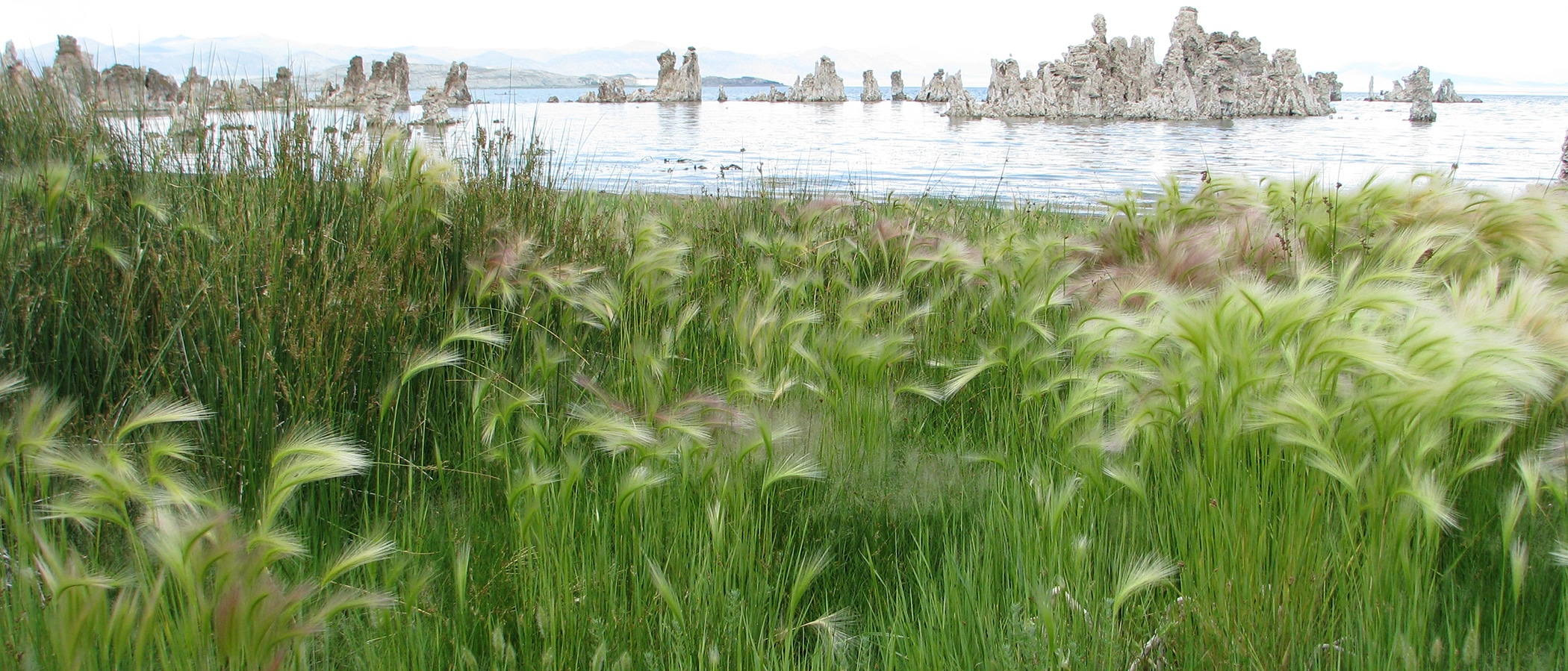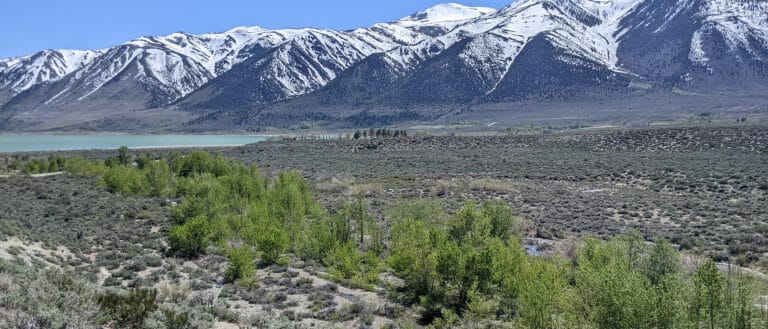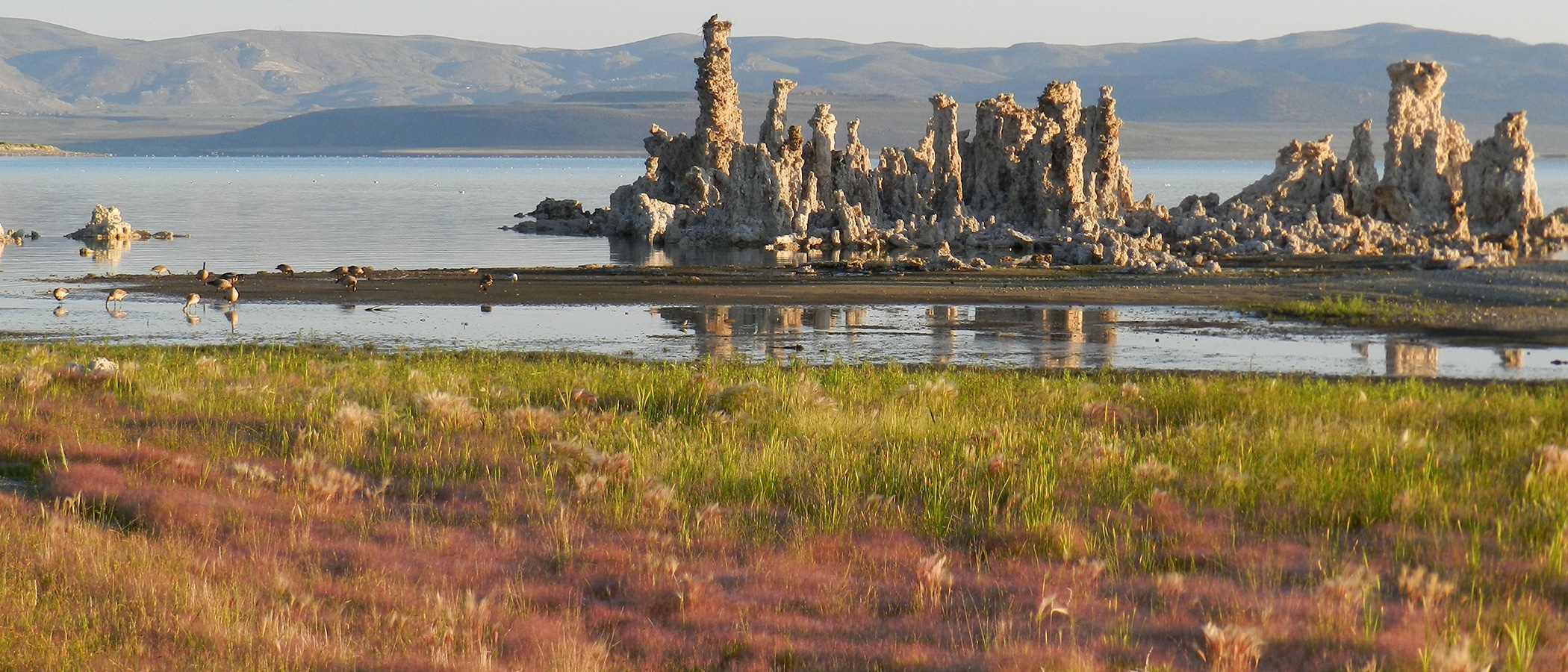
An exceptional year for Mono Basin stream restoration
The Mono Basin has had a very wet runoff year (more than 200% of average), but from a stream restoration perspective, what matters is how quickly the runoff melts, because the resulting flows dictate what kind of ecosystem processes occur.…



